Spoiler alert—just because you’re running both Meta ads and email campaigns, it does not mean you have an omnichannel eCommerce marketing strategy. Quite the contrary.
There’s a lot of misconception in our industry about the word “omnichannel.”
And now, when tracking is getting harder, laws tighter, and cookies deprecating, there’s a need to understand it. But not only that—there’s a need to implement it.
For that reason, we’ve decided to talk a little bit about the “omnichannel” concept—and try to help you set it up for your ecommerce store as well. Ready? Let’s go.
💸Could your store perform better? Identify key areas to improve using our top-notch ecommerce audit calculator.
What is Omnichannel eCommerce Marketing?
Omnichannel eCommerce marketing means promoting and maintaining your eCommerce brand’s online presence across multiple offline and offline channels. Simultaneously.
To maintain a good omnichannel eCommerce strategy, you’ll need to integrate multiple touchpoints across many—and sometimes all—promotional channels. And often treat them as separate parts of the same marketing funnel.
That’s by no means easy to achieve. Hence, the core pillars of successful omnichannel eCommerce marketing are integration, synchronization, and automation.
💡Fun fact: Integrated marketing and omnichannel marketing are related. If you want to expand your knowledge, we recommend you reading our piece about integrated marketing as well.
Omnichannel eCommerce Marketing: Explaining It Like You’re Five
Before diving in, let’s make sure we know what omnichannel eCommerce marketing is.
To do so, we’ll start with a simple example.
Imagine you’re a footwear brand and you have a well-oiled omnichannel marketing strategy in place. Here’s what it could roughly look like:
You run an influencer marketing campaign. A user—who’s a fan of the said creator—sees an ad, and clicks on your website, but something distracts them. However, the pixel on the users’ website captures them as website visitors.
Next thing they know, they see your ad on Instagram—because your campaigns target past visitors. Now they remember, tap on the ad again. But they’re not ready to purchase.
However, a website pop-up appears, offering a 15% discount code for a subscription. Why not, they think? They subscribe, and you get their data.
Now, you send an email flow, urging them to purchase. However, they still aren’t sure.
They reply to your email with a question—which immediately gets forwarded to your customer support team.
Your team responds back. The shipping is too high, but during the discussion the team realizes your product can be picked up at a nearby local store.
Your customer decides to buy a new pair of sneakers. Your sneakers. They get them on your website, but pick them at the store—while you now know which type, color, and shoe size they wear. It’s added to your personalized workflow for a new release, or promotion.
And that’s that! Customer, acquired. It only took a few touchpoints across different channels.
Of course, your customer could’ve found you by looking for “best shoes for bear feet” on Google. Going to your website, and starting the omnichannel journey described above.
Why is Omnichannel eCommerce Marketing Important Today
Think about it. The digital world is vast.
Your customers can be on a plethora of different platforms, services, and channels. They aren’t sitting in one spot at the same time.
They browse marketplaces. They debate on message boards like Reddit. They scroll through social media feeds, they spend a lot of time clearing emails. They still shop at physical stors.
In a nutshell: omnichannel marketing meets your ecommerce customers where they are.
Now that’s just one of the many factors.
There’s the cookie deprecation aspect—which will put even more spanner in tracking data. For that reason, it’s even more important to synchronize and integrate your marketing channels together—as that might be the only way to have accurate data.
When you think of all this, omnichannel marketing helps brands stand out by delivering a superior, unified customer experience.
Omnichannel vs Multichannel E-commerce: Major Differences
Although often used interchangeably—and wrongly—omnichannel and multichannel eCommerce have two completely different meanings.
Omnichannel e-commerce marketing provides a seamless and integrated customer experience across all channels—ensuring that your campaigns have consistent and unified data sharing.
In contrast, multi-channel e-commerce marketing involves using multiple independent channels that may result in varied customer experiences and fragmented data.
Basically, if you’re going omnichannel e-commerce, you’re banking on all your marketing channels working together for one, integrated experience.
With multi-channel, you can run all channels separately. If you have different departments for each, they might not even be in sync—which might be easier to manage.
Tip: If you want to start promoting your e-commerce brand—or are looking for an ecommerce marketing agency—you might want to see whether they’re single, multi, or omnichannel eCommerce–oriented.
If you want your store to grow—and your campaigns to work on all levels— you might want to look for an omnichannel eCommerce agency first. If you’re in a dilemma, hit us up!
What Are the Major Benefits of Omnichannel Ecommerce Marketing?
In case you need more convincing, let’s see what are the upsides of setting up omnichannel marketing for your ecommerce store.
1. Enhanced Customer Experiences
There’s no better customer than a happy customer.
Omnichannel marketing ensures that customers enjoy a consistent and uninterrupted shopping journey across all platforms—whether they are browsing a mobile app, engaging through social media, or shopping in-store.
This integration allows customers to easily switch between channels without losing their order history, payment information, or shopping cart contents.
By making the shopping process more convenient and personalized, businesses can significantly enhance the overall customer experience, fostering satisfaction and loyalty.
Companies can also work with experienced customer success experts to help optimize these processes even more.
2. Increased Sales and Revenue
The more synced your channels are, the bigger the chances that you’ll see a spike in sales.
The ability to continue a shopping experience across multiple channels allows customers to complete their purchases more efficiently.
For example, a customer might try on an item in-store and later purchase it online if their preferred size or color was unavailable at the time.
Studies have shown that omnichannel shoppers spend more than those who use a single channel, with increased spending both in-store and online.
This integrated approach not only boosts sales but also maximizes the return on marketing investments.
3. Strengthened Brand Loyalty
If you provide a seamless and personalized shopping experience to your buyers—you actually encourage repeat purchases and build stronger relationships.
Omnichannel ecommerce does exactly that. It enables brands to deliver a unified experience across all touchpoints—enhancing customer satisfaction and fostering loyalty.
Customers who experience consistent service and personalized interactions are more likely to return and make repeat purchases.
Additionally, they are more inclined to recommend the brand to friends and family, further expanding your brand’s reach and reputation.
4. Valuable Customer Insights
With omnichannel approach, you’ll have comprehensive data from various customer touchpoints.
This data is invaluable for understanding customer behavior, preferences, and trends. By analyzing these insights, you can develop more effective marketing strategies, tailor their communications, and make informed decisions about product development.
Tracking customer activity across multiple channels helps you better understand your customer journey, which also makes your marketing more personalized. And even impactful.
5. Improved Customer Engagement
Connect all the dots and you immedately become more visible to your customers.
What is this crucial? Because it allows you to send timely and relevant messages.
For instance, you can send a cart abandonment email to your customer, followed by a push notification—and prompting them to complete purchase, sometimes even in store.
This proactive engagement helps keep you top-of-mind and encourages customers to return and complete their transactions.
6. Competitive Advantage
With omnichannel ecommerce, you can tailor an unique identity for yourself and your brand.
You can offer personalized interactions at every touch point, which can differentiate you from your competitors and put you in prime position to attract brand loyalists.
Zumiez have leveraged omnichannel marketing to provide a seamless shopping experience, earning high rankings for customer satisfaction and loyalty.
7. Increased Customer Lifetime Value (CLV)
All the above helps build long-term relationships, which in return boosts lifetime value.
Think about it. You’re continuously engaging customers across different channels and tailoring messages to their preferences—which helps you can deepen loyalties and encourage repeat purchases.
Combine it with personalized communications—such as exclusive offers and early access to new products, and it can help you form a tight bond which leads to sustainable growth.
Are There Downsides to Omnichannel Ecommerce Marketing?
If running omnichannel eCommerce is easy, everyone would do it.
However, there are a couple of major challenges and bottlenecks that may prevent you from running omnichannel e-commerce campaigns for your brand.
Some of them include:
- Higher overall costs: Imagine you’re a small brand and suddenly you need to run multiple channels—spend money on search ads, social ads on multiple platforms, influencers, email marketing, and maybe some influencer promotions. It all costs… a lot.
- Complex Implementation: Integrating and maintaining a unified system across multiple channels requires significant investment in technology, but also tech-savyness and expertise. A smaller business might struggle with this, especially at the beginning.
- Maintenance and Logistics: With omnichannel ecommerce, you’re talking a more advanced, automated software to connect the dots, bigger data management systems, and skilled personnel. One example is inventory management in real time—especially with data spread out across various systems, which requires a centralized hub.
- Data Privacy and Security: Managing and synchronizing large amounts of customer data across various channels can pose significant data privacy and security risks. And even get you in trouble. That’s why robust measures to protect sensitive information are necessary. But also costly.
- The need for branding consistency, ad delivery, and seamless customer support: Your audience expects consistent brand experience, otherwise it can lead to broken relationships and disappointments. This is incredibly hard to maintain internally, especially with so many moving parts—across that many channels.
How to Set Up and Improve Omnichannel Ecommerce Strategy?
Okay, now that we’ve defined it. It’s time to set up a meaningful omnichannel experience.
Here are the steps to help you get started:
- Map your customer journey: Map out key stages like research, consideration, purchase, and loyalty. Identify touchpoints across various channels to tailor the customer experience. Connect the dots.
- Think about the channels you’ll use: Identify and use the channels your customers prefer, such as social media or mobile messaging. This ensures higher engagement and visibility. Remember that you’ll have to spend a fair amount of money on each channel.
- Maintain your brand presence: Ensure your brand is recognizable across all platforms. Things like personalized messages, discounts, and loyalty programs can build trust and consistency.
- Personalize communications: Use customer data to personalize messaging. This enhances the customer experience and sets you apart from competitors.
- Bring your customer service A-game: Prioritize customer needs and desires. Focus on building trust and meeting customer expectations across all touchpoints.
There’s also more things to consider, but think of this as the five key pillars for omnichannel eocmmerce implementation.
Verdict
In today’s day and age, tracking and maintaining every ecommerce marketing channel separately is a pain. Big pain.
For that reason, omnichannel eCommerce marketing is essential for providing a seamless and integrated shopping experience across multiple channels.
What can you do? By focusing on integration, synchronization, and automation, you can have happy customers, increase sales, and build stronger brand loyalty.
While challenging to implement, the benefits of omnichannel marketing—including improved customer insights and competitive advantage, make it a worthwhile investment for any eCommerce brand.
If you’re still not sure, give us a call. We can give a look at your ecommerce marketing strategy, check your channel, and connected all the dots. Hit us up!

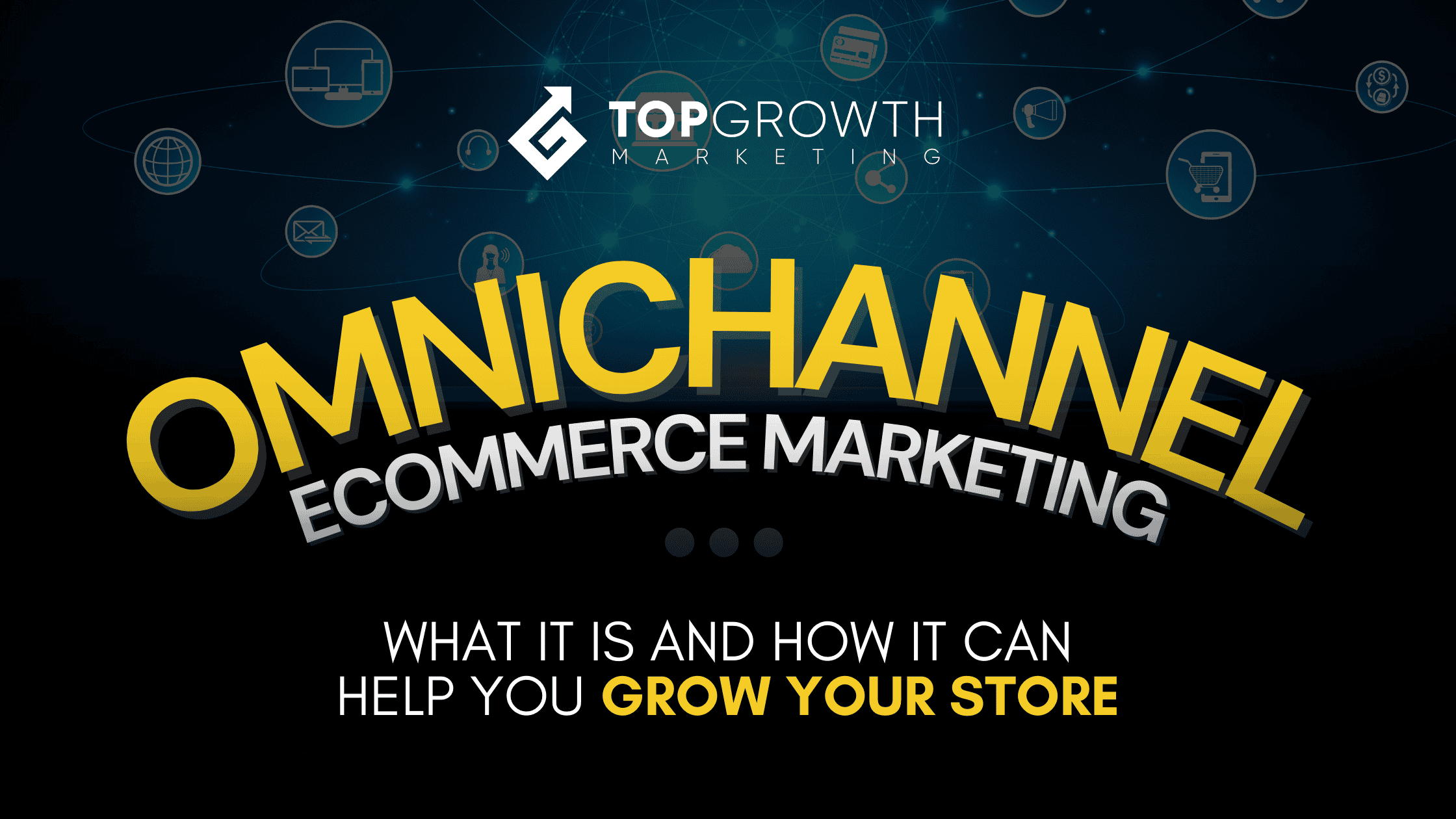
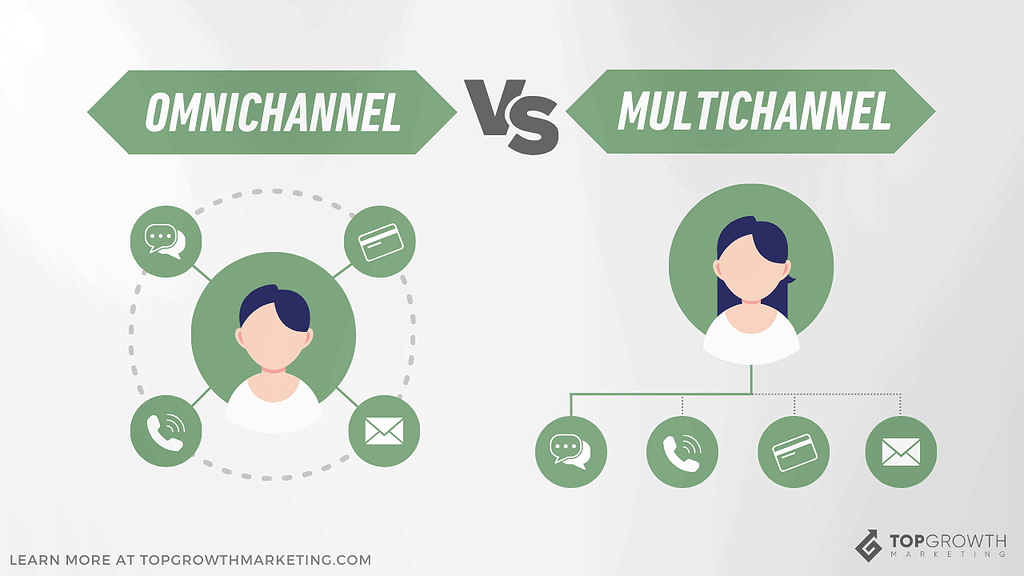
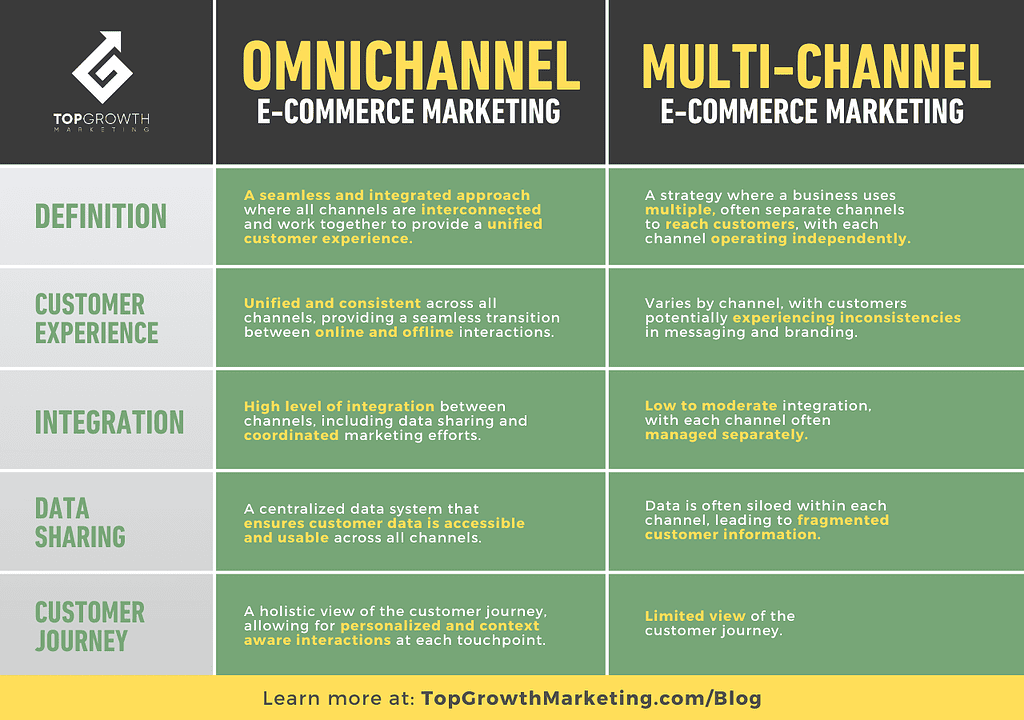

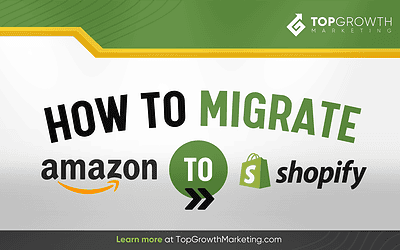
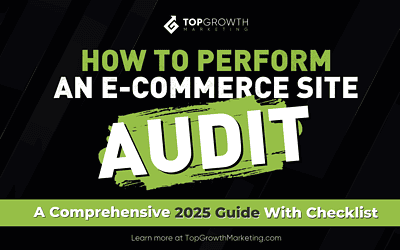
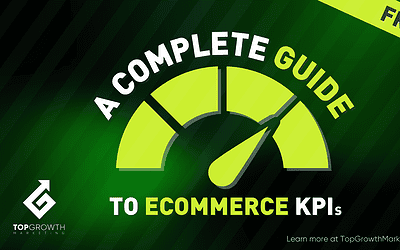
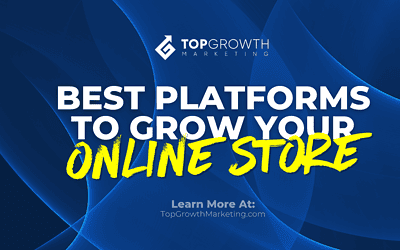
0 Comments